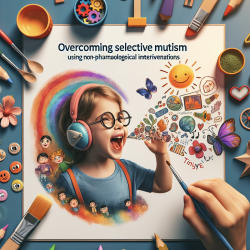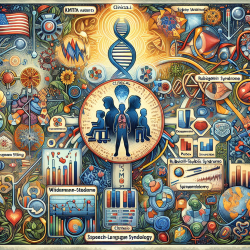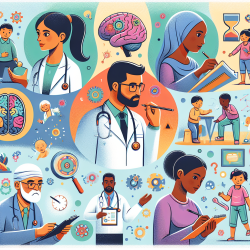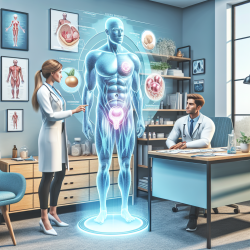Introduction
The field of pathology is undergoing a transformation, driven by the integration of Natural Language Processing (NLP) and Deep Learning (DL) techniques. These technologies are unlocking the wealth of information hidden within cancer pathology reports, providing new insights that can significantly enhance clinical decision-making and research. In this blog, we explore the findings from the systematic review "Automatic Classification of Cancer Pathology Reports" and discuss how practitioners can harness these advancements to improve their practice.
The Power of NLP and Deep Learning
Pathology reports are rich in data but often exist in unstructured formats, making it challenging to extract meaningful information. The systematic review highlights the use of NLP systems to automate the classification and extraction of data from these reports. By leveraging rule-based systems, statistical machine learning, and deep learning models, researchers have developed methods to extract critical cancer characteristics such as grade, stage, and histology.
Deep learning models, in particular, have shown superior performance due to their ability to understand complex sentence structures and semantic relationships. These models use word embeddings to represent data inputs, allowing them to capture the nuances of language that simpler models might miss.
Practical Applications and Recommendations
For practitioners looking to improve their skills and outcomes, integrating NLP and DL into their workflow can be transformative. Here are some practical steps to consider:
- Embrace Deep Learning Models: Utilize DL models for tasks such as extracting cancer characteristics and classifying pathology reports. These models can automate labor-intensive processes, reducing errors and increasing efficiency.
- Leverage Multi-task Learning: Implement multi-task learning frameworks to train models on multiple related tasks simultaneously. This approach can improve model performance and generalization.
- Focus on Contextualized Representations: Explore advanced models like BERT for better contextual understanding of pathology reports. These models can provide more accurate and meaningful insights.
- Validate and Generalize: Ensure that models are validated with external datasets to avoid overfitting and improve generalizability across different clinical settings.
Encouraging Further Research
While significant progress has been made, there is still much to explore in the realm of NLP and DL for pathology reports. Researchers are encouraged to delve deeper into the potential of these technologies, focusing on areas such as:
- Developing large-scale, publicly available corpora for training and validation.
- Exploring the integration of longitudinal data to enhance model accuracy and relevance.
- Investigating the use of attention mechanisms and hierarchical models for improved information extraction.
To read the original research paper, please follow this link: Automatic Classification of Cancer Pathology Reports: A Systematic Review.










